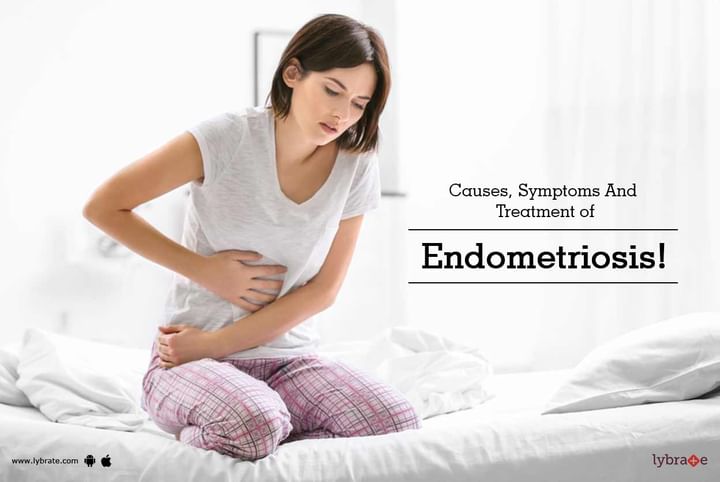Causes, Symptoms And Treatment of Endometriosis!
One of the silent diseases in the female population, endometriosis can be symptomless for years and sometimes even decades, but can sometimes manifest itself quickly. The uterus is lined on the inner side by a tissue known as endometrium. When this tissue is found in other parts (fallopian tubes, abdomen, near the ovaries, etc., it is known as endometriosis.
Causes: The exact cause for endometriosis is not clear. There is a possibility that during the regular period, there could be spilling of the tissue back into the fallopian tube, from where it reaches the ovaries or other organs and gets implanted.
There are certain predisposing factors for a woman to develop this condition, including genetic correlation and non-menopausal women. The female hormone estrogen is essential for the development of endometriosis. There are also immunological reasons attributed to the development. It can range from minimal to mild to moderate to severe.
Symptoms: From being completely benign to causing severe pain, endometriosis can present itself in varying ways. The implanted tissue can be minimal like a small lump to large clumps. The symptoms are not dependent on the size of the implanted tissue, however,
- Painful menstruation: One of the most common causes of non-menstrual cramps, the pain is different from usual menstrual pain, starts a few days before the period and can last up to after the period.
- Pelvic pain: One of the most common causes of pelvic pain, this can happen wherever the implanted tissue is. In severe cases, this tissue can also bind different organs, forming what are called adhesions. The bladder or the bowels may adhere to the uterus. These are more painful than individual lumps of tissue outside the uterus.
- Intermenstrual bleeding: There could be spotting to severe bleeding between the regular cycles.
- Painful sex: There is a deep pain within the pelvis and it can lead to losing interest in sex.
- Infertility: The most severe symptom and complication is not being able to become pregnant.
Diagnosis: A detailed patient history, discussion on symptoms followed by ultrasound and laparoscopy can help in diagnosing endometriosis.
Treatment: If there is no symptom and fertility is not an issue, then it is possible that no treatment is required. However, depending on symptoms and complications, the following are done.
- If pain is the only main problem, painkillers are administered
- Surgical treatment may be required if there is severe bleeding and adhesions complicating the situation.
This will also relieve other symptoms:
- Hormone therapy is also an option for treating endometriosis.
- If you are having pelvic pain and irregular bleeding, bring it up with your doctor. Even if it is not endometriosis, a thorough check up will put your mind at rest. If you wish to discuss about any specific problem, you can consult a gynaecologist.



+1.svg)
